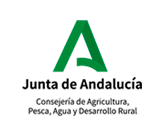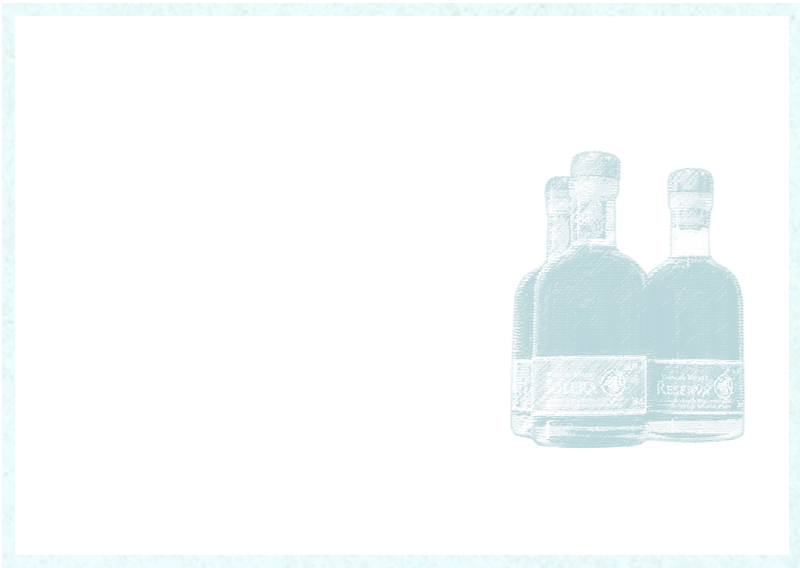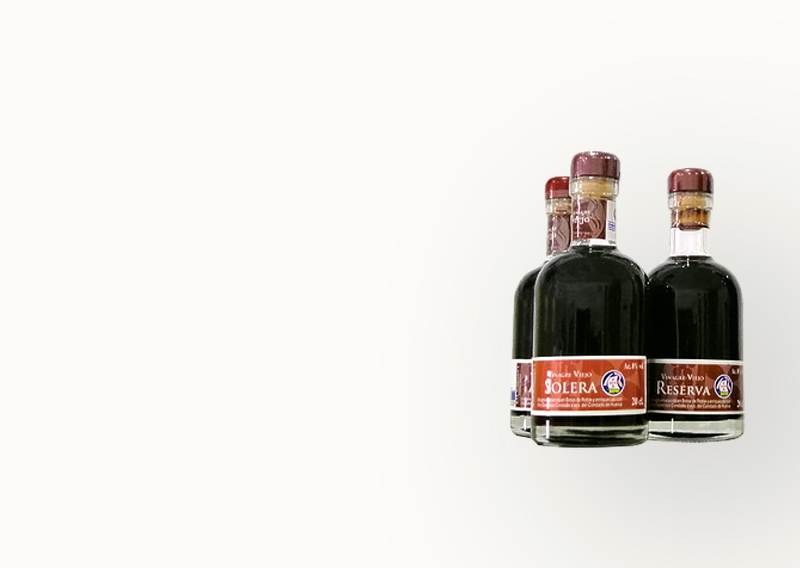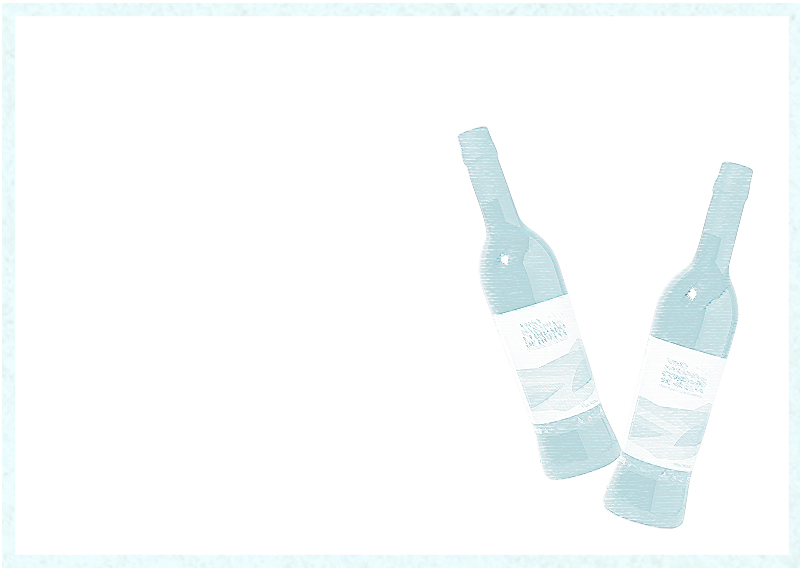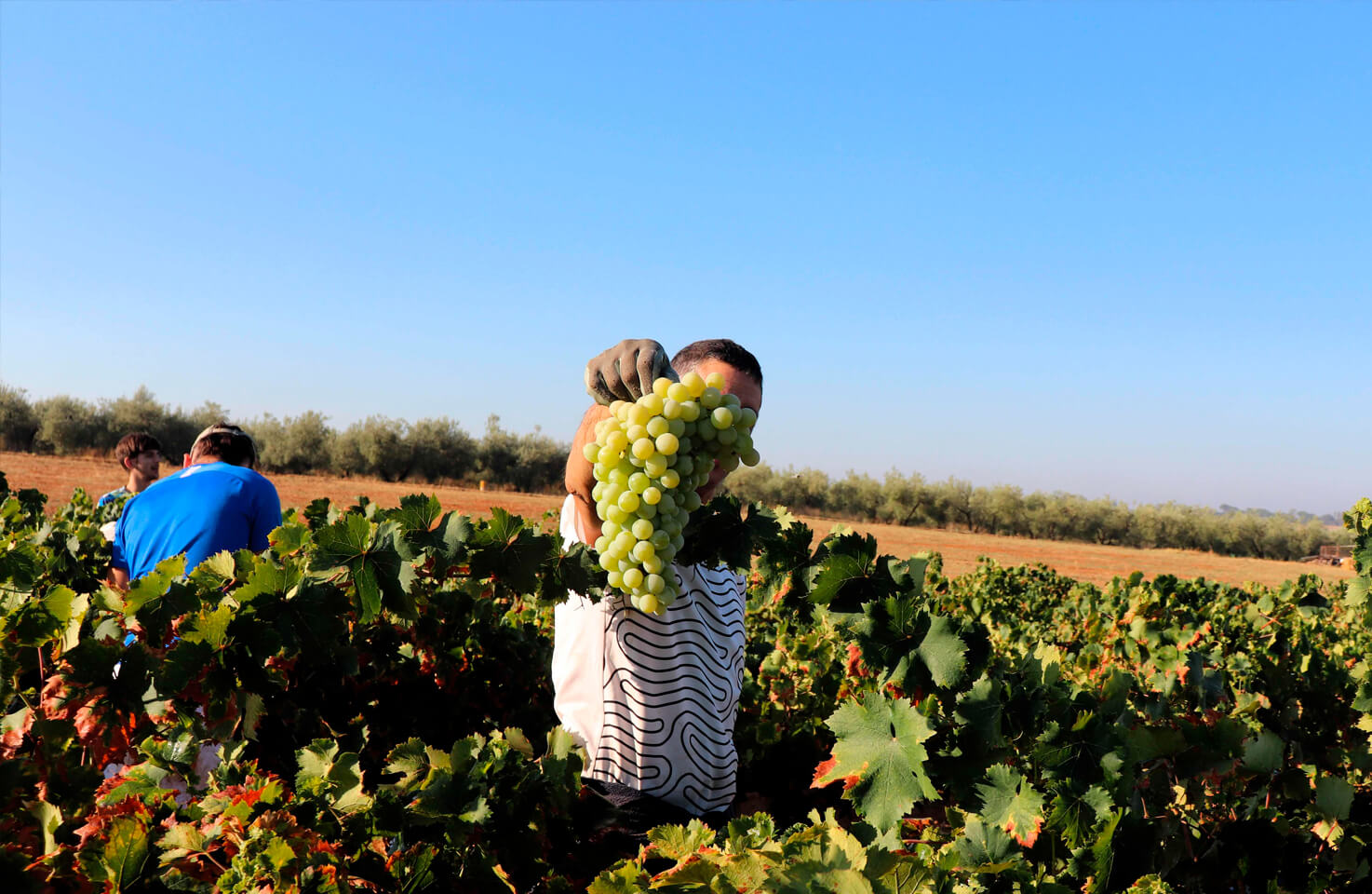WINES
White Wines , red wines , fortified wines, liqueur wines and sweets wines
Rosé Wines
10% minimum alcohol content
Rosé Wines

Fortified wines

Fortified wines
A minimum of two years of aging
Generosos de licor
Dry or sweet
Sweet wines
Characteristics and types
Red Wines
Indications used for red wines
Cherry to tile red in colour. Olfactory intensity and perceptible fruitiness; may have slightly perceptible to perceptible herbaceous aromas. Intense in the mouth, perceptible acidity, with perceptible astringency and density. Intense in the mouth, perceptible acidity, with perceptible astringency and density.
Depending on whether the wine has been aged or not, the indications for red wine may be:
Depending on whether the wine has been aged or not, the indications for red wine may be:

Rosé Wines
An excellent product guaranteed!
Keep up-to-date
Latest news
LA DOP CONDADO DE HUELVA PREVÉ UNA VENDIMIA “MÁS CORTA” CON UNA UVA “MUY SANA Y DE MUCHA CALIDAD”
El presidente del Consejo Regulador de las DOP Condado de Huelva, Manuel Infante, ha señalado este lunes que este 2024 se
LA VITICULTURA EN EL CONDADO DE HUELVA, ORÍGENES, PRESENTE Y FUTURO SE ANALIZA EN EL CURSO DE VERANO DE LA UNIA
La importancia de los vinos y vinagres en el Condado de Huelva es un hecho indiscutible. Un motor de cambio y desarrollo q
LOS VINAGRES CON DOP CONDADO DE HUELVA REGRESAN A LA II FERIA PROFESIONAL DEL VINAGRE EN CÓRDOBA
La DOP Vinagre del Condado de Huelva participará en el segundo encuentro profesional de productores, industrias derivadas
European Union Aid
The Regulatory Council of the Denominations of Origin of Huelva and Orange Wine of the County of Huelva, has received aid from the European Union charged to the European Agricultural Fund for Rural Development for the promotion of its protected wines and vinegars.



